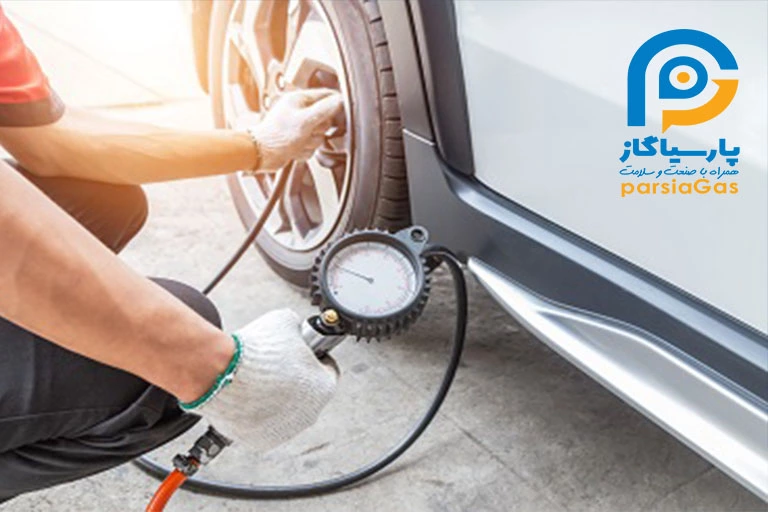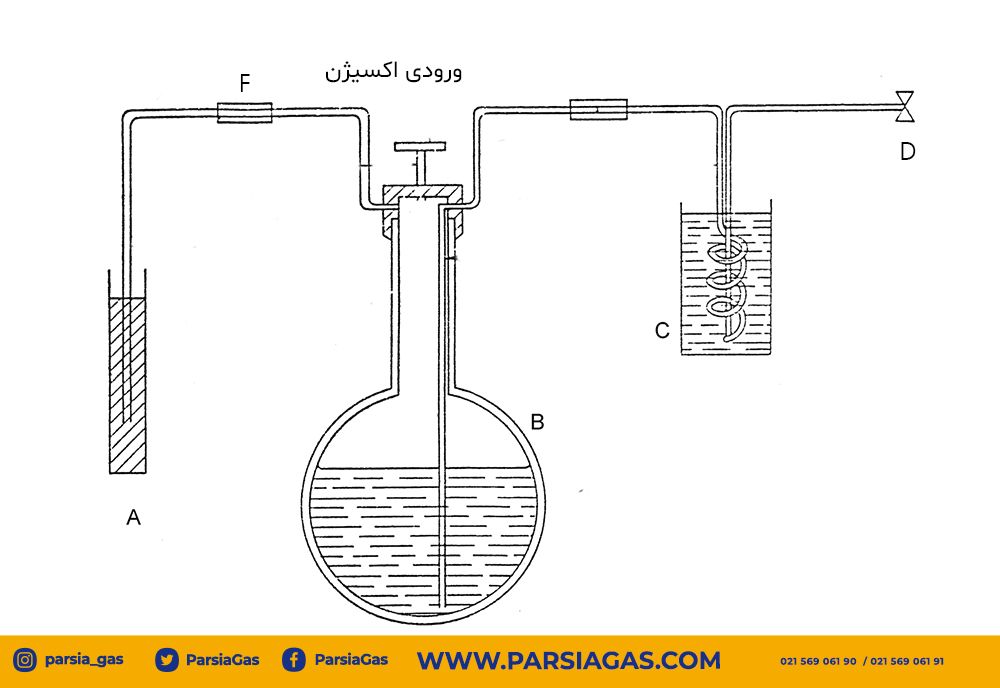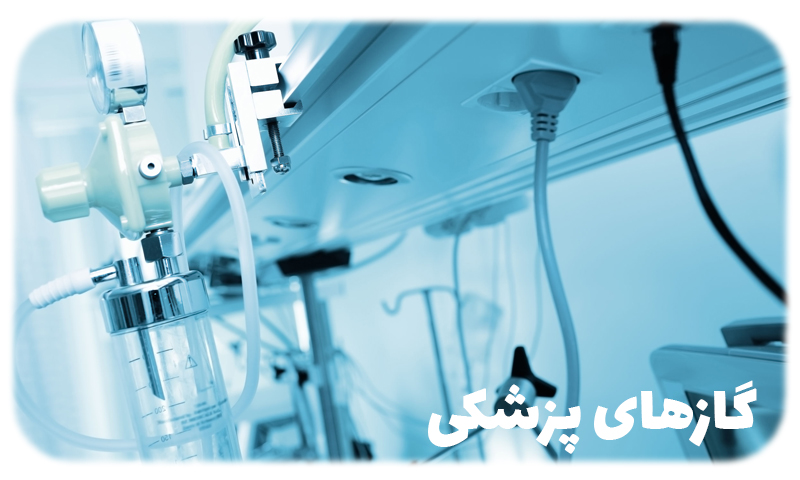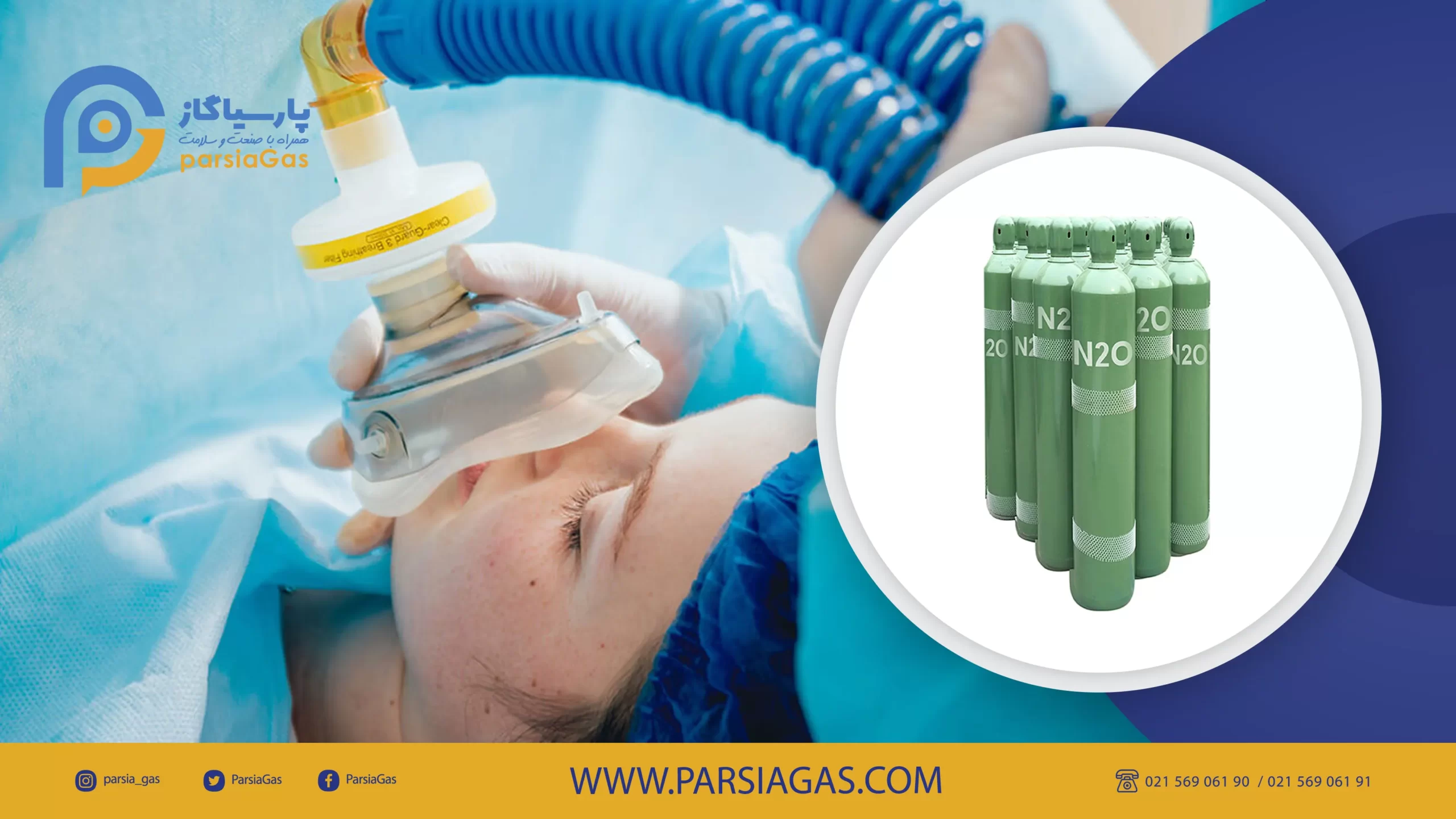Advantages and disadvantages of using nitrogen to fill tires
Tires are an important part of the vehicles we use for transportation and their maintenance is very important for proper safety.
Tires are usually filled with compressed air, which consists of approximately 78% nitrogen (N2), 21% oxygen (O2), and 1% other gases. Since all gases expand when heated and contract when cooled, tire pressure increases and decreases with temperature changes.
Considering that the highest percentage of air is made up of nitrogen, the question arises, what is the difference between filling tires with only nitrogen and filling them with air; Before we talk about the benefits of filling nitrogen gas in car tires, you should know what kind of properties this gas has compared to other gases. In simpler terms, nitrogen is an inert, non-toxic, non-flammable, tasteless, odorless and colorless gas.

Be sure to read: methods of extracting gases in the air
- Stable pressure in tires: Nitrogen-filled tires remain constant for a long time because nitrogen hardly It passes through the tire. However, drivers should be aware that nitrogen does not have the power to improve your steering, especially during the daily commute. Nitrogen provides minor benefits for everyday driving by optimizing and stabilizing tire pressure, which is surprisingly suitable for racing cars.
- Decreasing the rate of nitrogen release from tires:When the car is moving, the tire during rotation It bends and stretches and slowly deflates. Based on chemistry, an oxygen atom is structurally smaller than a nitrogen atom, for this reason, nitrogen is less able to escape from the rubber as well as penetrate the rubber.
- Efficient fuel: Proper and consistent tire pressure improves fuel efficiency in nitrogen-filled tires. has been More precisely, higher tire pressure reduces the vehicle’s rolling resistance and also reduces wind. A tire can save 3-6% in fuel consumption during its lifetime; Although this amount is not much, it is still considered in the discussion of the advantages and disadvantages of nitrogen-filled tires.
- Compatible with the environment: Undoubtedly, the use of nitrogen is a green alternative in rubber. More than 300 million tires are thrown away every year. However, using nitrogen in tires can reduce this number by 30%. Nitrogen-filled tires maintain good pressure and also reduce greenhouse gas emissions. Not to mention, these gases extend tire life and reduce tire demand for car owners as well as natural resources. As a result, nitrogen is the key to a greener world, and nitrogen tires reduce carbon footprints by reducing fuel combustion.</span >
- Durability: Durability is by far the biggest advantage when it comes to nitrogen in tires. Since there is usually moisture in the air, normal air contains water vapor which over time may cause tire wear and may also contribute to wheel wear. However, the decay of rubber by water vapor is very slow. Because nitrogen is neutral, it does not have the corrosive properties of standard air-filled tires; Drivers usually fill tires with nitrogen to prevent wear on wheels and other car parts.
- Safety: Nitrogen is not combustible, therefore it increases the safety of tires and the possibility of fire after It minimizes the accident.
While using nitrogen to inflate car tires has many advantages, it also has disadvantages. Below are some of the disadvantages of filling tires with nitrogen.
Expensiveness: One of the main disadvantages of using nitrogen is the high price of this gas.
Availability: Nitrogen may not be readily available everywhere.
Repair and maintenance:Nitrogen-filled tires must be properly maintained, once nitrogen is used, it cannot be air-filled. used to fill tires; This is because if nitrogen is mixed with normal air, it loses its useful properties.
Be sure to read: The use of nitrogen and other gases in the transportation industry





